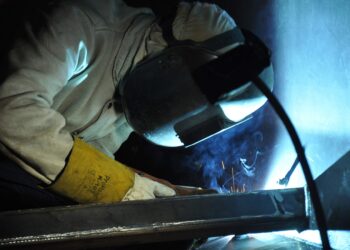Logistics is big business. Identifying demand for infrastructure development is perhaps the biggest business of the next few decades for moral, productive, serious investors looking for large, safe, long-term returns.
Addressing the strain on infrastructure in Central Eastern Europe (CEE) necessitates a nuanced understanding of the region’s logistical chokepoints and limiting factors, especially when mapping out future growth for investment. This challenge is amplified by the region’s rapid economic development and its increasing integration into the broader European and global economies.
In the realm of transportation, CEE countries grapple with outdated and inadequate road and rail networks, many of which date back to the Soviet era. For example, Poland is actively working to upgrade its highway system to improve internal connectivity and better link with neighbouring EU countries. The progress of the motorways and especially rural main supply routes in the last twenty years has been phenomenal. Similarly, Romania has prioritised enhancing its rail and road infrastructure to boost both domestic and international trade efficiency.
Energy infrastructure in CEE also faces significant challenges. The region’s heavy reliance on Russian gas has been a major concern, prompting countries to seek alternative energy sources. Lithuania’s investment in the Klaipėda LNG terminal is a prime example of this shift, aiming to reduce dependence on a single energy supplier and increase energy security. Additionally, the push towards renewable energy across the region, seen in Hungary’s growing investment in solar power, requires modernization of the existing energy grids to handle new types of energy inputs.
Digital infrastructure is another critical area under strain. As digitalization advances globally, the need for robust high-speed internet connectivity becomes more pressing. Countries like Slovakia and Bulgaria are focusing on expanding their digital infrastructure, particularly in rural areas, to support the burgeoning digital economy and ensure equitable access to digital resources.
Port and air cargo facilities in CEE are also pivotal points requiring attention. Increasing trade volumes are pushing the existing infrastructure to its limits. The port of Constanta in Romania, for instance, is undergoing expansions to accommodate the growing maritime trade. In the aviation sector, countries like Croatia are investing in their airport capacities to handle the rising air cargo traffic more efficiently. The upcoming CPK airport logistics hub in central Poland demonstrates huge private and public confidence in the region’s future, over which investors were tripping over one another to get in ahead of competition.
When mapping future growth for investment, a multi-faceted approach is necessary. It involves not just addressing current challenges but also anticipating future demands. This includes understanding evolving trade patterns and economic integration, both within the EU and globally. The region must also embrace technological advancements, such as smart infrastructure solutions, to enhance efficiency and sustainability.
Given the scale of investment required, exploring public-private partnerships could be a strategic move to pool resources and expertise. This collaborative approach can help bring innovative solutions and enhance the efficiency of infrastructure projects.
Investment strategies in CEE must also be tailored to each country’s specific geographic, economic, and social contexts. What works in the urbanised areas of Poland might not be suitable for the mountainous terrains of Bulgaria or the rural expanses of Ukraine.
In summary, the path to addressing infrastructure strain in CEE is complex and multifaceted. It requires a balanced consideration of current limitations and future needs, with an eye on technological innovation, sustainability, and regional specificities. Strategic investments in transportation, energy, digital infrastructure, and port and air cargo facilities, tailored to each country’s unique context, are essential to support the region’s continued growth and integration into the global economy.






